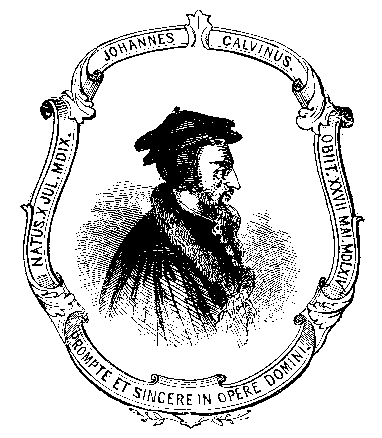

Paul's room is not talked about much after the beginning of the story because he moves on to New York City. However, it is said that the room is covered in "horrible yellow wallpaper," and "over his painted wooden bed the pictures of George Washington and John Calvin, and the framed motto, `Feed My Lambs'"
The yellow in the wallpaper may stand for many different things, such as cowardice, royalty, or old age. The way the wallpaper is described, it sounds dingy, as if the paper had been there since before Paul's father was born. Also, later in the story, it is said that Paul has been afraid of something as far back as he could remember. So the wallpaper could signify both the fact that Paul has had to grow old before his time because of his mother's death, and the fact that he is always afraid. I believe that Paul is afraid of becoming just like the people he had grown to hate. When he was living in NYC, the fear seemed to disspate, as if he had changed his destiny by not surrounding himself with the people of Cordelia Street. He has moved above them and has no reason to fear becoming them anymore.
Also in his room is a painted wooden bed. Wood is normally shown in
its own tones because it is so rich and deep, but someone along the line
chose to cover that up with paint, which is just a cosmetic flakiness that
covers up the true beauty of the wood beneath it. Paul is just like the
bed. Outside, he is weak (a little), kind of flaky with his in-class
humor, and a little shy but underneath the paint is a strong young man who
achieves his dreams even at the cost of his own life. Paul's paint begin
to peel away more and more throughout the story.


Above Paul's bed are pictures of George Washington and John Calvin. George Washington, the first president of the United States, is the subject of a fable in which he tells his father that he can not tell a lie. John Calvin is a man who said that it doesn't matter whether one lies (among other sins) or not, it has already been decided who will go to Heaven and who will go to Hell and there are no two ways about it. Paul was accustomed to lying to his father to try to get out of sticky situations and he is a calvinist. Unfortunately, these symbols do not go hand in hand (and if I were deconstructing this story, I would use the two pictures as binary opposite examples of role models). Paul has probably been taught throughout his life that these are men who should be looked up to, even though they represent opposite sides of a coin. Paul has been raised under the Calvinist ideals, and through repetition, it is those that win out. Paul becomes materialistic, boastful, and a (part-time) liar. Paul can not handle the duality of his role models, and he chooses the one that is more prevalent in his life. It is partially for this reason that Paul does everything that he must do to go to New York City and live the way he wants. It is when he finally makes it to NYC that he chooses which role model he will follow. He then lives his life accordingly, lying to all he sees to make them believe that he is as rich as he seems.
The motto above his bed is materialistic in nature. It reads "Feed my
Lambs." That means give them everything they need to survive an earthly
existence. It does not say "Look unto the Lord for sustenance" or
anything of a spiritual nature. It concentrates on the wordly aspect of
life, and not the higher, spiritual form of life (if one so exists). With
Calvin and the
motto in one corner, and Washington in the other, poor George doesn't
stand a chance. Materialism: 2, Morality: 1. Sounds like a win for
materialism to me.